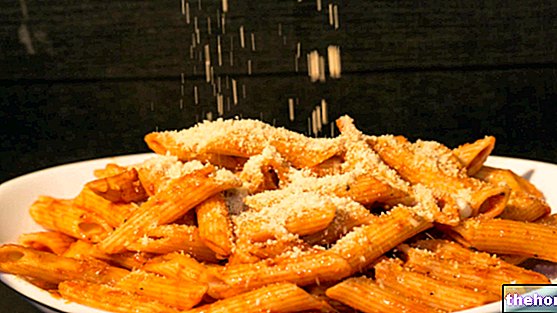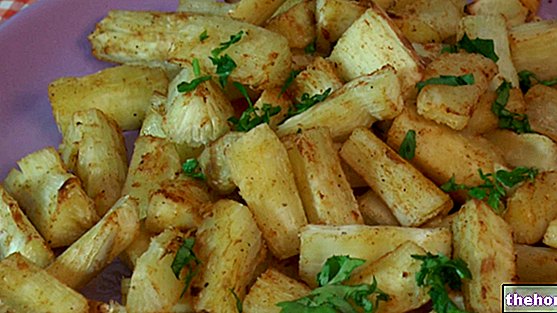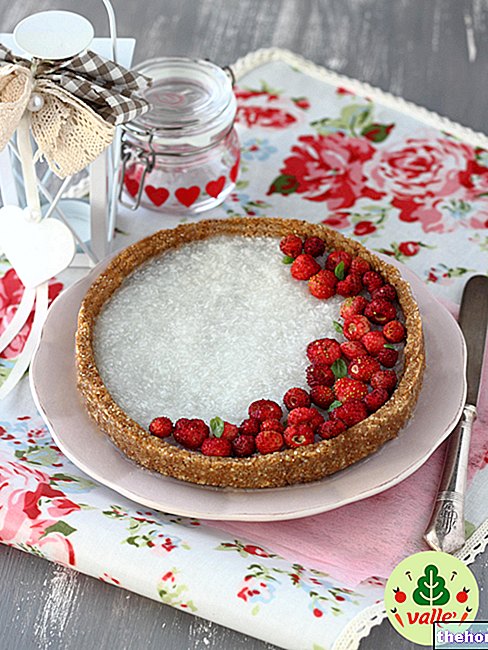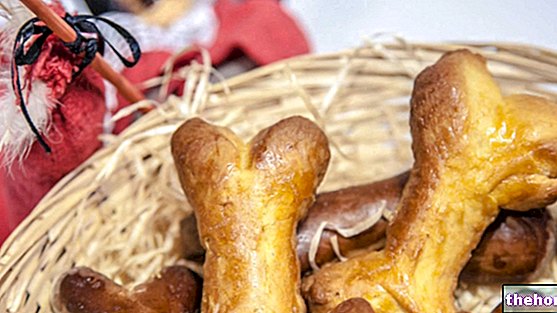How many times have we made pasta? Hundreds and hundreds: looking at the preparation technique of our grandmothers and mothers, we learned the best method to prepare an excellent pasta. But are you sure you actually know all the secrets to serving a perfect pasta? Let's review the steps together. Why run for cover when pasta is on your plate it would be too late! Here are the best tips we can give you.
Video of the Recipe
Problems with playing the video? Reload the video from youtube.
Identity Card of the Recipe
-
Ingrediants
- 200 g of pasta
- 14 g of coarse salt
- 2 liters of water
Materials Needed
- Casserole
- Lid
- Skimmer
- Cooking pan
Preparation
- PASTA You prefer 100% Italian re-milled durum wheat semolina pasta, preferably bronze drawn. Wholemeal pasta is also excellent, rich in fiber and mineral salts.
- WATER The ratio between water and pasta should be 10: 1, meaning 1 liter of water should be calculated for every hectogram of pasta. The cooking water of the pasta can be reused to scrape the dishes and clean kitchen tools or to water the plants. Another important tip is not to fill the pot with water up to the edge: to prevent the liquid from escaping while cooking, fill it with water up to 2/3 of the capacity.
- POT Choose the pot according to the amount of water needed and the pasta shape: for short pasta, a large saucepan will be fine, while for spaghetti choose a casserole with high sides.
- LID The pot should be covered with the lid while the water boils: in this way, it will boil earlier. When throwing the pasta, remember to remove the lid: the pot should be kept uncovered.
- COARSE SALT Salt should be added when the water boils. The addition of coarse salt from cold water not only delays the reaching of 100 ° C but could leave a ferrous aftertaste to the pasta. The general recommended dose of salt is 7g per 100g of pasta. However, it is good to know that the longer the pasta has to cook, the less salt you should use. For example, if the pasta is to cook for 10 minutes, the dose of salt should range between 7 and 10 g; for longer cooking (eg 15 minutes), 5 g of salt will be sufficient.
- FLAME The pasta must continue to boil briskly and must not lose the boil. Furthermore, the flame must remain under the bottom of the pan and not reach the edges.
- MIX The pasta should be stirred often during cooking to prevent it from sticking.
- TIMES Pasta al dente: respect the times indicated on the package. If you cook large pasta (eg paccheri or conchiglioni), we recommend taking a few more precautions to prevent it from breaking: calculate 2 minutes less cooking than the recommended time in the package. Then, turn off the heat, cover the pot with the lid and finish cooking in this way to keep the pasta structured and intact. If you are an ecologist and want to save on your gas bill, follow this advice: cook the pasta for 2 minutes, over high heat. Then turn off the heat, cover with the lid and let the pasta rest (so it will cook slowly) over a cold stove for 10-15 minutes. Taste the pasta: if it is al dente, it is cooked.
- COOKING AL DENTE Are you afraid that the pasta is overcooked? At the end of cooking, turn off the heat and pour a ladle of cold water into the pot, then drain it with a slotted spoon. Stopping the boil will prevent the pasta from overcooking.
- SCOLAPASTA It is advisable to drain the pasta using a slotted spoon: the pasta is then poured directly into the sauce: in this way, a part of the cooking water joins the sauce and allows us to avoid overdoing the doses of oil.
- SAUCE The sauce must be chosen according to the pasta shape and the pasta must be tossed in the sauce before serving. Long pasta? Choose liquid and creamy sauces. Short, medium-sized pasta? It goes well with more full-bodied sauces (special the striped pasta to absorb the sauce). Spiral pasta? Excellent with tomato sauce.
- CHEESE Do you like finishing your pasta with cheese? Add it only at the end, with the flame out and only after mixing the pasta with the sauce!
- BEFORE SERVING Before serving the pasta on a serving plate or tureen, heat the container in the microwave or in the oven to prevent the pasta from cooling too quickly.
Alice's comment - PersonalCooker
Nutritional values and Health Comment on the recipe




























